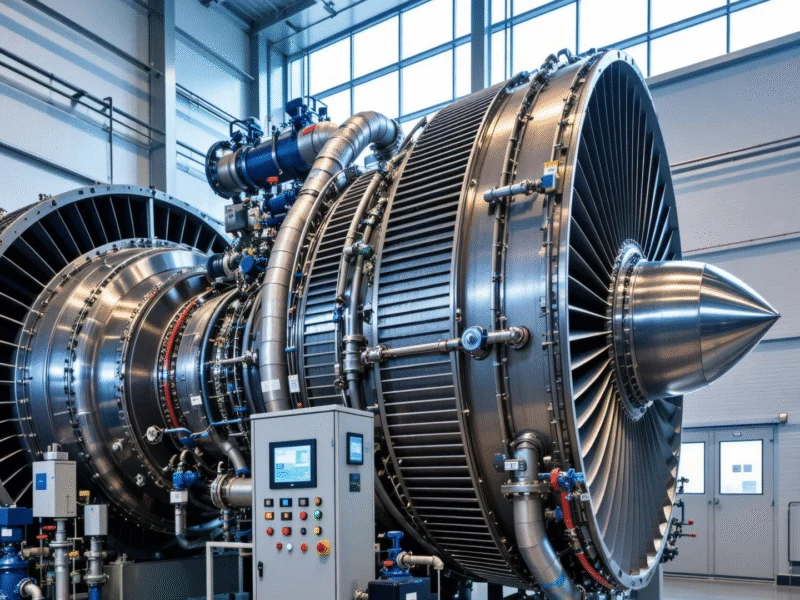FirstEnergy has unveiled a comprehensive energy strategy for West Virginia that includes building the state’s largest natural gas-fired power plant while maintaining existing coal generation through at least the 2030s. The company’s recently filed Integrated Resource Plan outlines a balanced approach to meeting the state’s growing energy demands while supporting economic development initiatives.
Major Generation Expansion Planned
The centerpiece of FirstEnergy’s proposal is a new 1,200-megawatt natural gas combined-cycle facility scheduled to become operational around 2031. This represents a significant expansion of the state’s gas-fired power plant capacity and would become West Virginia’s largest such facility. According to industry experts note, this type of modern gas generation provides flexible, efficient power that can complement intermittent renewable sources.
FirstEnergy subsidiaries Mon Power and Potomac Edison emphasized that the plan maintains grid reliability through a transitional period. “Our Integrated Resource Plan reflects a long-term view of the state’s energy future,” said Jim Myers, FirstEnergy’s president of West Virginia and Maryland. The strategy includes:
- 70 MW of new solar capacity by 2028
- Short-term power purchases to bridge capacity gaps
- Continued operation of major coal facilities through the planning period
Coal Generation Maintains Key Role
Despite the push toward new gas generation, coal-fired power station operations remain fundamental to FirstEnergy’s West Virginia strategy. The plan specifically calls for keeping the 1,098-MW Fort Martin Power Station and 1,984-MW Harrison Power Station operational throughout the 10-year planning horizon. This commitment to coal aligns with West Virginia‘s existing energy profile, where over 80% of electricity currently comes from coal according to government data.
The Harrison plant’s three units have been operating since the early 1970s, while Fort Martin’s units date to the late 1960s. FirstEnergy has invested approximately $1 billion in environmental control systems at Harrison alone. Additional coverage of energy workforce issues shows the complex balance between traditional energy jobs and evolving environmental standards.
Supporting State Energy Initiatives
FirstEnergy’s plan directly supports Governor Patrick Morrisey’s “50 by 50” initiative, which aims to expand West Virginia’s power generation capacity to at least 50 gigawatts by 2050. State Treasurer Larry Pack endorsed the approach, stating that “FirstEnergy’s proposal to build a new natural gas power plant in West Virginia is the kind of America-first energy strategy our state and nation need.”
The integrated approach addresses multiple priorities simultaneously:
- Reliable power for economic development
- Cost management for customers
- Gradual integration of renewable resources
- Utilization of domestic energy sources
Strategic Energy Transition
FirstEnergy’s diversified generation strategy represents a pragmatic approach to energy transition in a state with deep historical ties to coal. Data from the U.S. Energy Information Administration shows West Virginia ranks second only to Wyoming in coal production, creating natural economic incentives to maintain existing infrastructure while gradually expanding cleaner alternatives.
The proposed gas plant would significantly exceed the capacity of Appalachian Power’s 519-MW Ceredo Generating Station, currently the state’s largest gas-fired facility. Related analysis of energy infrastructure investments highlights how modern gas plants can provide essential grid stability during periods of energy transformation.
As the energy landscape evolves, companies like FirstEnergy face complex decisions balancing reliability, affordability, and environmental considerations. The company’s approach in West Virginia demonstrates how traditional energy producers are navigating this transition while maintaining focus on core service obligations to customers and communities.



